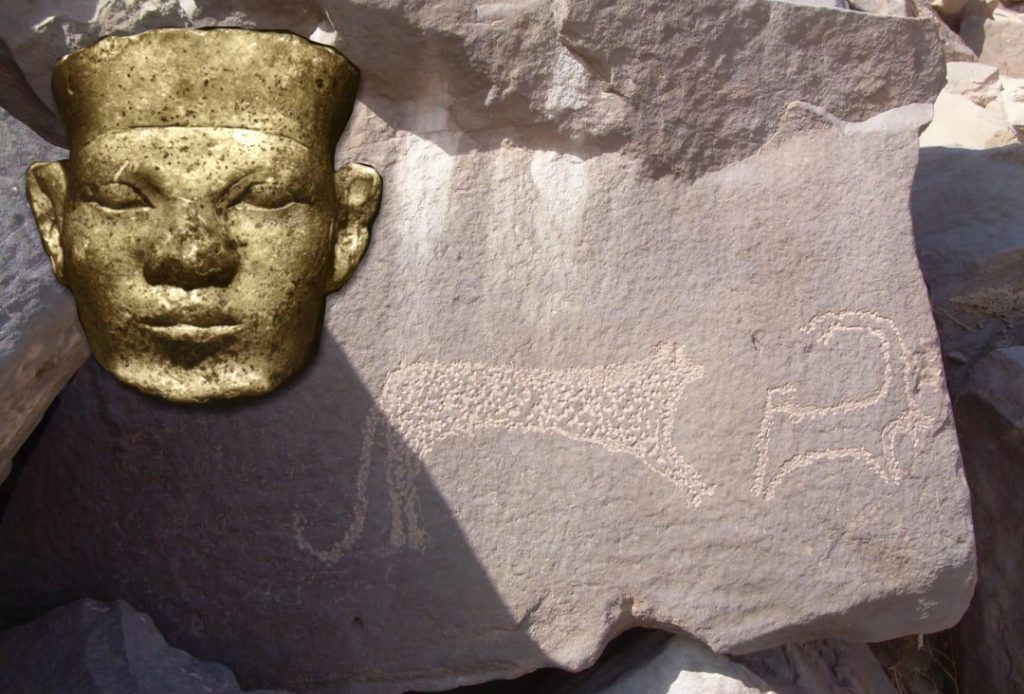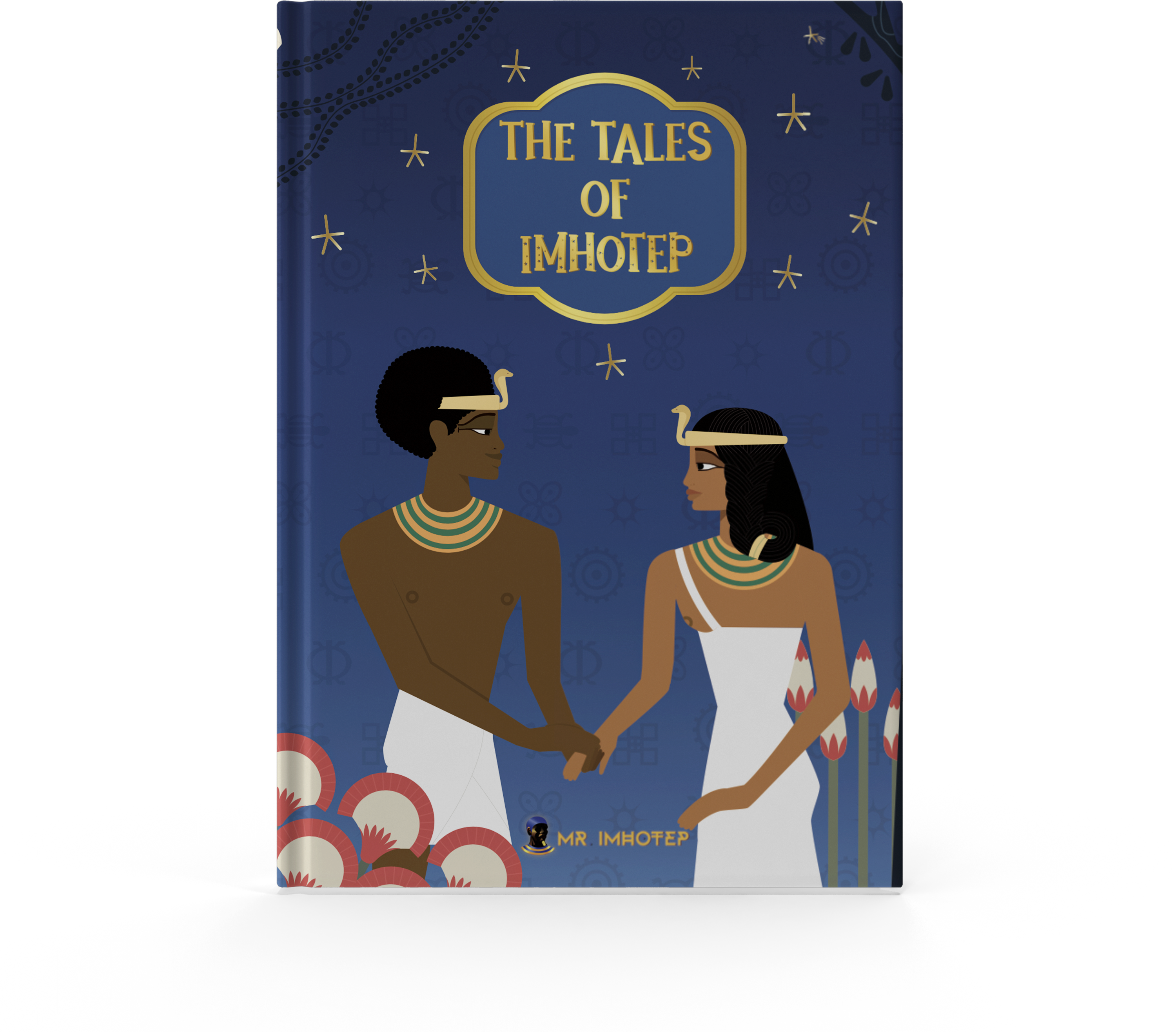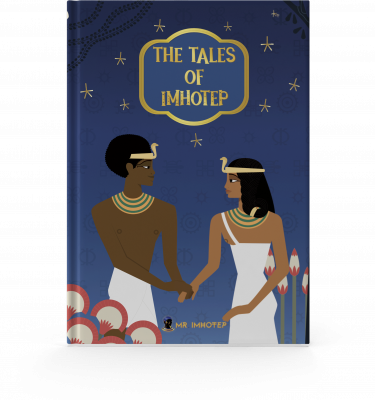A team of Egyptian archaeologists discovered the earliest royal inscriptions in Wadi Abu Subeira near Aswan. The inscriptions have been found in the eastern desert, northeast of Aswan. It dates back to the Neolithic age, which means that it belongs to the Predynastic period of Kemet. The predynastic period spans the period from the earliest human settlement to the beginning of the Early Dynastic Period around 3100 BC in Kemet.
Archaeologists also discovered plenty of stone inscriptions that date back to the Neolithic age in a semi-enclosed valley. The inscriptions depict some animals such as giraffes, elephants, and crocodiles. These animals still lived in North Africa at that time. The findings also include some of the oldest inscriptions of a small city, with scenes of cattle grazing and tree planting clearly reflecting a sedentary and stable life back then.
Some of the inscriptions discovered show Kemetic royal symbols, such as the falcon Heru/Horus. The team also discovered some sacred compartments decorated with floral motifs. As we already proved it on this platform, the Kemetic civilization started in the south, between Nubia and Sudan.
This discovery is a major piece of evidence of the true origin of the pharaohs. Aswan is located in the extreme South of Egypt, it is literally at the border with Sudan (or the country of the Blacks). The people who still live today in Aswan are called Nubians and are discriminated in Egypt because they are black Africans. But the truth is that they are probably the people who have the highest chances to be directly related to the ancient rulers of that land.
https://www.youtube.com/watch?v=hMXZ6jep2Ck
As many good-hearted scholars proved it in the past, the rulers and builders of the Kemetic civilization came from the south. They were Nubians who migrated and conquered the Northern land and brought the knowledge of civilization that they already possessed with them. And all the ancient Greek scholars admitted that fact. Diodorus Siculus even stated that during the natives told him that their ancestors came from the south and colonized the North. In other words, Kemet was a colony of the Ethiopians (black Africans) “who conceived themselves to be of greater antiquity than any other nation”.
The team also recognized some of the symbols belonging to kings who ruled before the 1st dynasty, such as King Scorpion or Narmer. It is an amazing discovery because it proves that the world of archaeology is finally admitting the truth about ancient Africa. In the past, many archaeologists hid the truth about Nubia and Sudan (their royal heritage). The Qustul incense burner that has been discovered in the 20th century is a proof of that racist politic. Most people ignore its existence today, and scholars keep saying on TV that we still don’t know where the ancient people of Kemet came from… You can learn more about the Qustul incense burner by watching the video below. Don’t forget to subscribe to our youtube channel for more videos.
Other scholars like Robert Bauval even exposed the behavior of several great Egyptologists about that topic. You can listen to Robert Bauval in the following video.
What do you think about this discovery? Does it change your point of view on the history of Kemet? Tell us in the comment section below.









